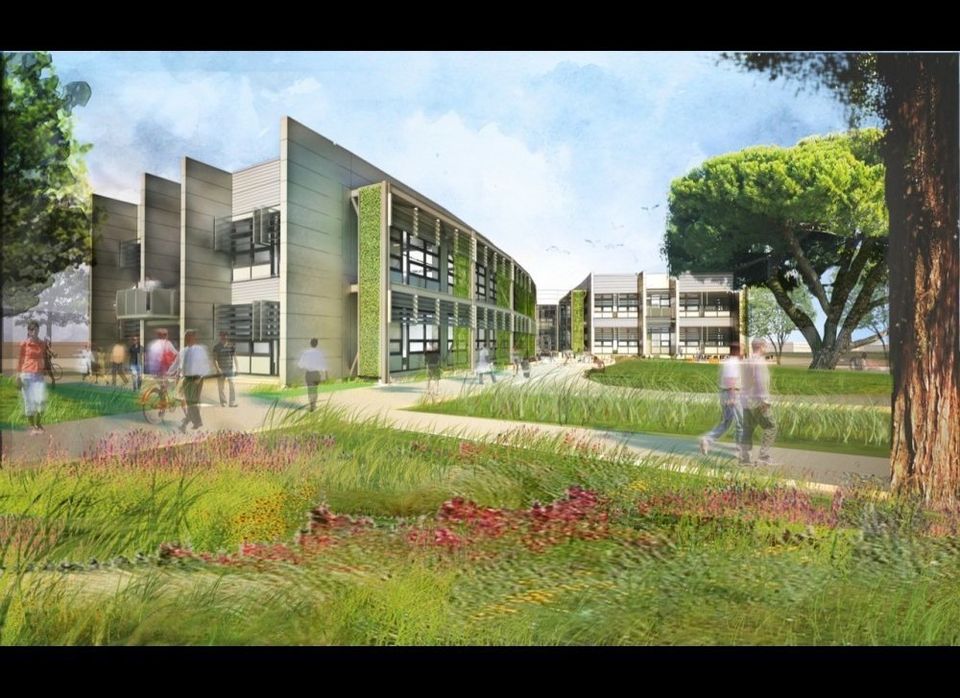This week I am writing my article in a hotel that shall remain nameless -- it is 40-plus floors high, with a complete glass façade, lights on wherever you walk and air conditioning blowing in each room. This building is LEED certified. For those of you unfamiliar with the LEED certification, it is 'an internationally recognized green building certification system, providing third-party verification that a building or community was designed and built using strategies intended to improve performance in metrics such as energy savings, water efficiency, CO2 emissions reduction, improved indoor environmental quality, and stewardship of resources and sensitivity to their impacts.' The hotel labels itself a green building and advertises the fact in its marketing materials, building signage and even in the elevators.
This got me thinking about the sustainable-design movement that is now becoming such an integral part of our lives: the simple idea that by choosing materials and systems that do less harm to the environment, this hotel considers itself a 'green building.'
Story continues below
The Green Building Council (who developed the LEED system) has noted that in 2005, the green market represented just 2 percent of non-residential construction. By 2010, this grew to 28-35 percent of the non-residential construction market. The council projects that by 2015 that green building percentage could soar to nearly half of all new nonresidential construction.
While these ambitions are in the right direction, the reality is that even if we are taking less, we are still consuming. Buildings represent 72 percent of U.S. electricity consumption; use 13.6 percent of all potable water; and consume 40 percent of raw materials globally. The potential impact of truly green buildings on our environment is obvious: is what we are doing to address this enough and more than just a marketing stunt?
William McDonough is an architect who has built an international reputation as a sustainable design visionary. Among his better known accomplishments: he re-designed Ford Motor's River Rouge factory with a 10-acre green roof, built a grassy-roofed building near San Francisco for retailer Gap, and created furniture-maker Herman Miller's GreenHouse offices. His radical cradle-to-cradle philosophy demands that every product be designed for disassembly at the end of its lifetime, either returning harmlessly to the soil or going back into a "closed-loop industrial cycle" to be reused.
The buildings I have selected are more in line with this interpretation of 'green buildings' -- they show a glimpse of architecture where sustainability has been core to the values and process of design, rather than being lead by a more commercial thought of perceived value and marketing.
The future of the profession is clearly changing. Architecture of truly green buildings must incorporate a range of professionals including economists, biologists, chemists, and a range of social-science experts such as demographers, anthropologists and geographers.
